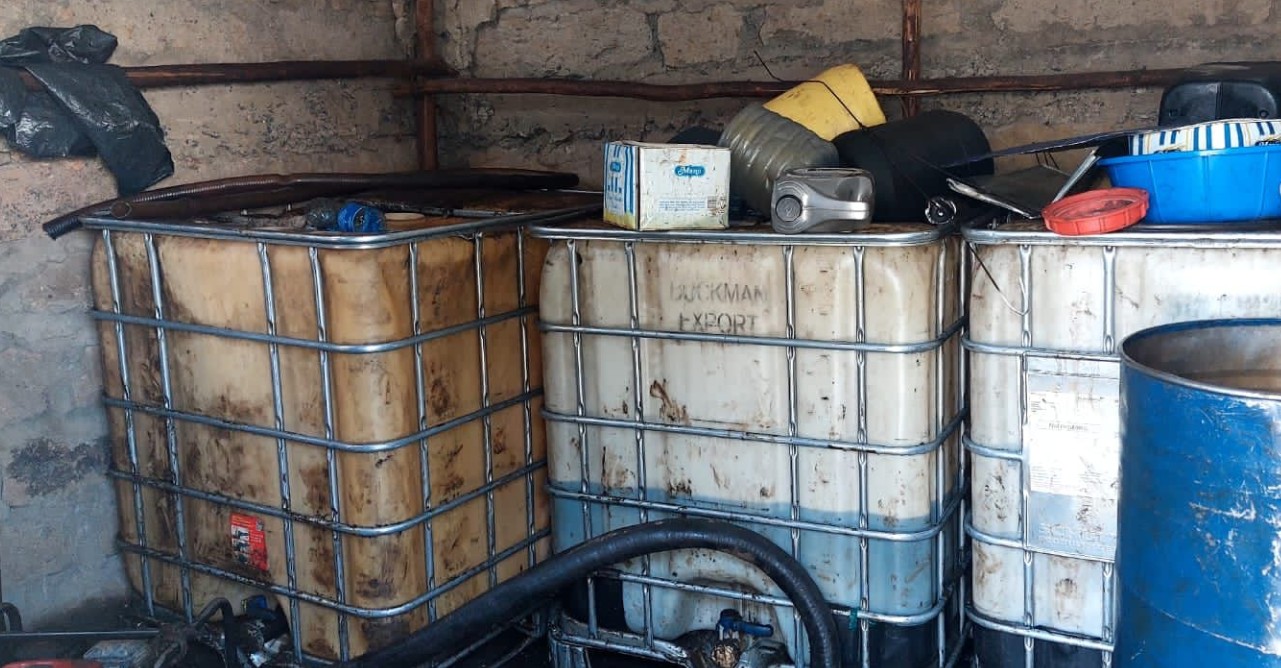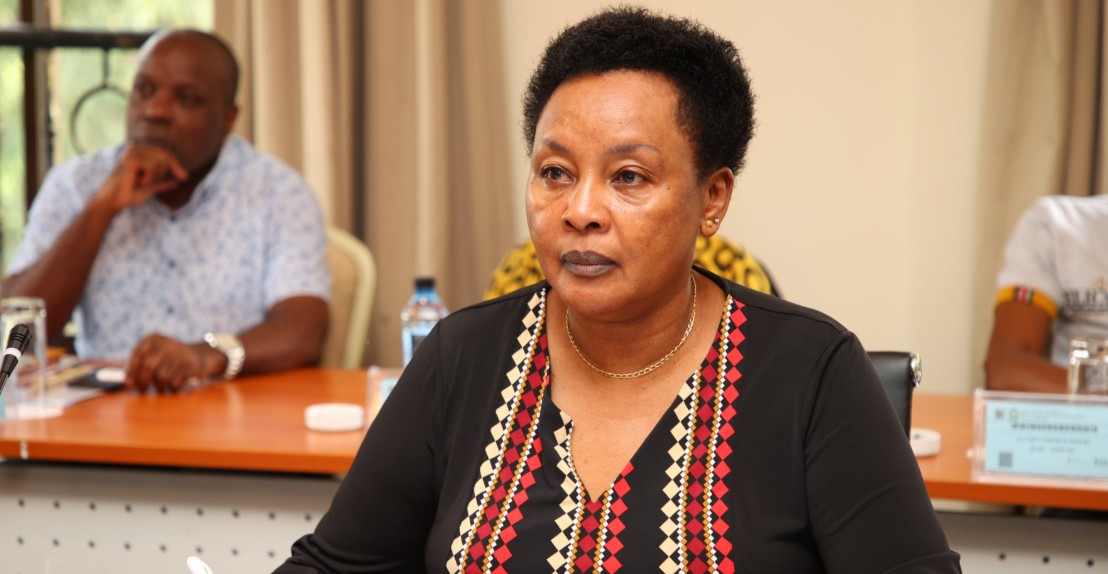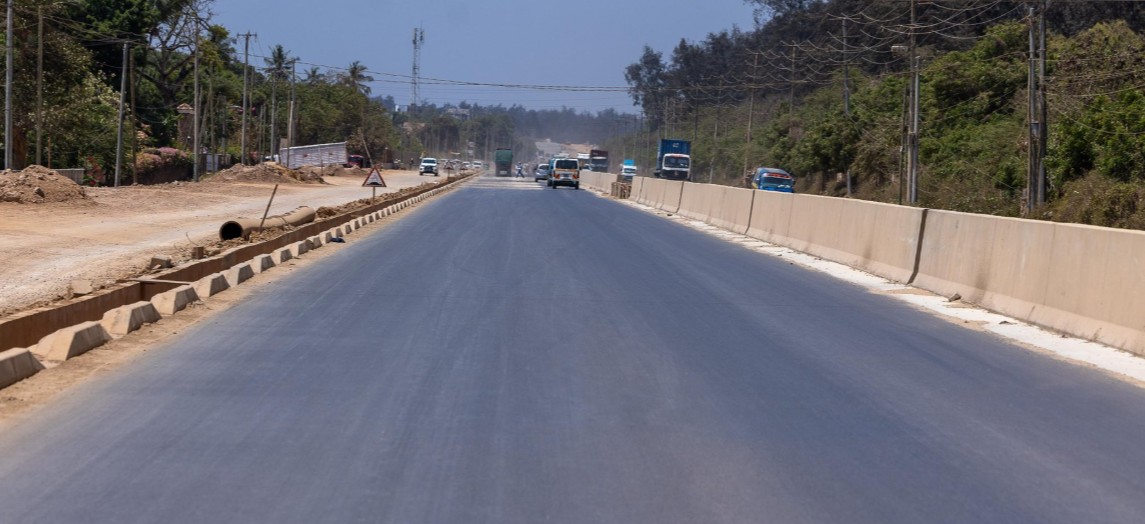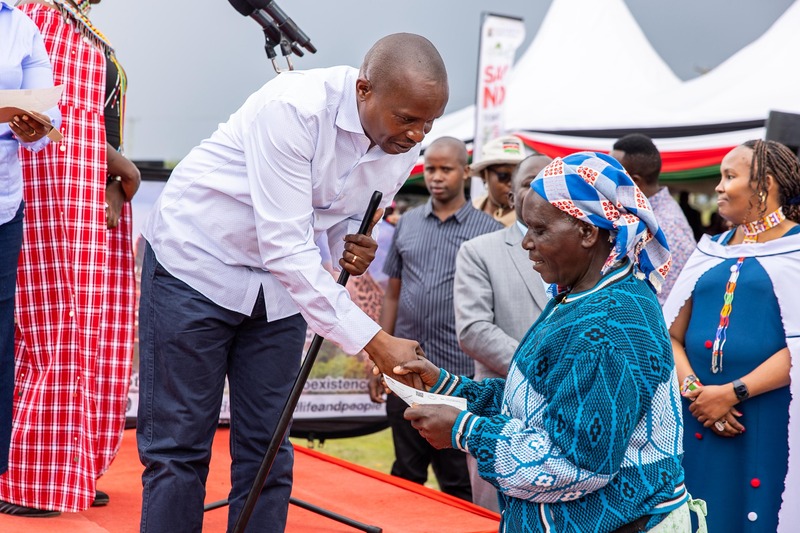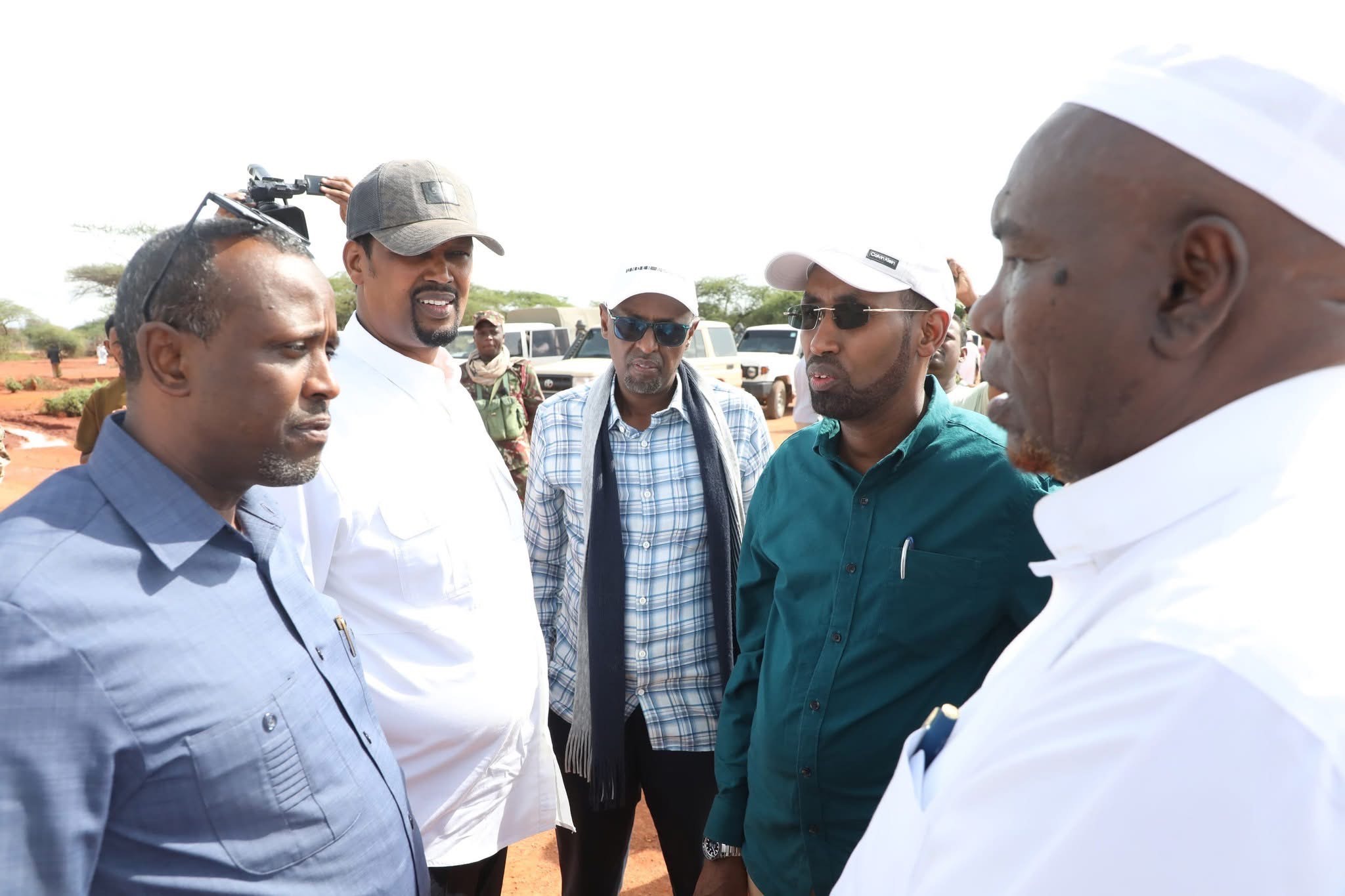Kenya to experience reduced rainfall, rising temperatures this week - weatherman
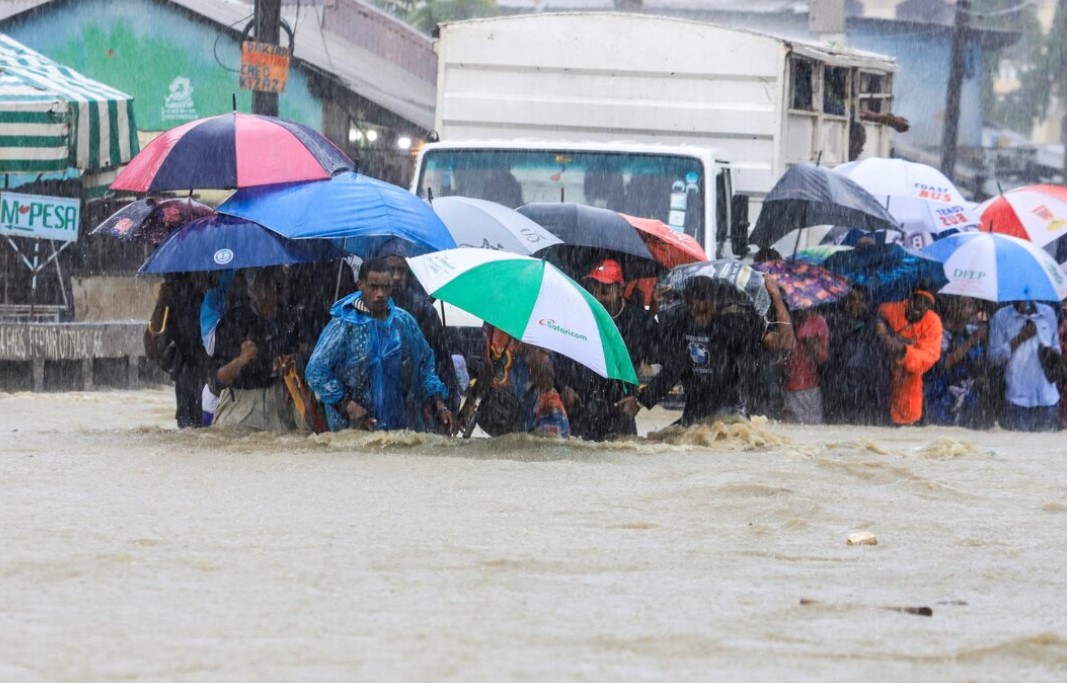
Daytime temperatures are anticipated to rise above 30°C in several regions, including the coastal areas, northeastern Kenya, and the northwestern regions such as Turkana and Lodwar.
The Kenya Meteorological Department has issued a weather outlook for the week starting Tuesday, December 3 to Monday, December 9, 2024, showing a decrease in rainfall across most parts of the country, with some isolated regions still expected to receive showers.
According to the forecast, areas including the Lake Victoria Basin, the South Rift Valley, the South-Eastern Lowlands, and the Coastal regions will still experience scattered showers.
More To Read
- Rains to persist across Kenya with isolated heavy downpours - Weatherman
- Tremor felt in Nairobi traced to 4.5 magnitude earthquake in Tanzania
- Earth tremor reported in Nairobi and surrounding areas
- Brace for rain, chilly nights and scorching days- met department
- Dry spell looms over most parts of the country as rain subsides
- Flood alert: Lamu urges caution as heavy rains raise River Tana levels
These areas will be among the few to receive significant rainfall, while much of the rest of the country is expected to see a reduction in precipitation.
The Kenya Met has also highlighted extreme temperatures that will characterise the coming week.
Daytime temperatures are anticipated to rise above 30°C in several regions, including the coastal areas, northeastern Kenya, and the northwestern regions such as Turkana and Lodwar.
These areas are expected to experience particularly high daytime heat, posing potential health risks.
Cooler nights
In contrast, nights will be cooler, particularly in the Central Highlands and Central Rift Valley, where temperatures could drop below 10°C in some locations.
This combination of hot days and chilly nights may require residents to take necessary precautions, especially in terms of staying hydrated during the day and ensuring warmth during the cooler evenings.
The Kenya Meteorological Department has emphasized the importance of being informed and prepared for these weather conditions.
To assist Kenyans in staying updated, the department provides regular weather updates on its official website. For more localised information, citizens are encouraged to join the Kenya Met WhatsApp channel, where they can access alerts and detailed weather maps.
Reduced rainfall could impact water availability for crops in certain areas, while regions receiving heavy rainfall may face challenges like waterlogging and disruptions to road transport.
In light of the extreme temperatures, the Meteorological Department has urged the public to take measures to prevent heat-related illnesses in hot areas and respiratory conditions in colder regions.
Citizens are also encouraged to share their weather observations to help the department monitor conditions across the country.
Top Stories Today





